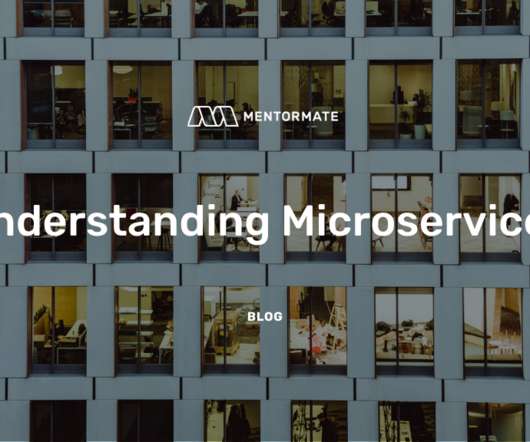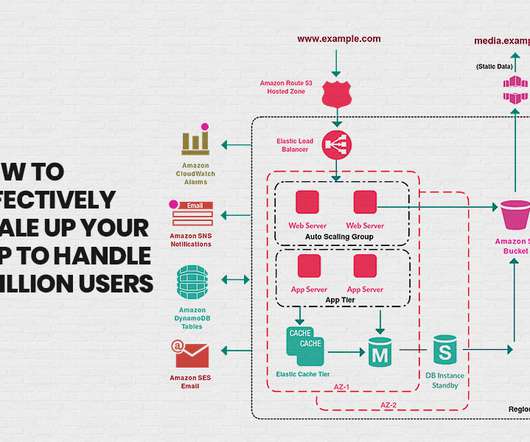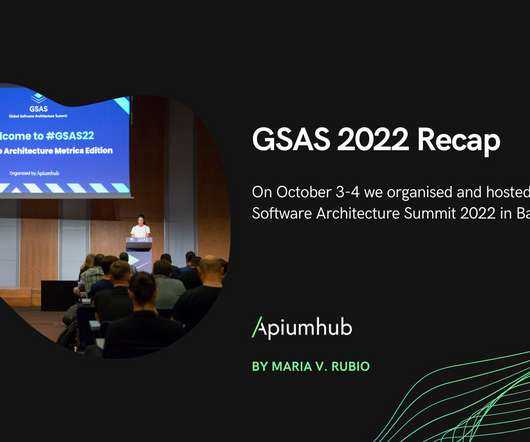IBM Cognos: Established Business Intelligence Player
CTOvision
MARCH 13, 2015
The heart of the Cognos platform is its services oriented architecture (SOA). It is also part of the Cognos Business Intelligence image that is available for IBM SmartCloud Enterprise that can help you reduce deployment costs and have your application up and running in minutes. Extensibility. Open standards.


























Let's personalize your content